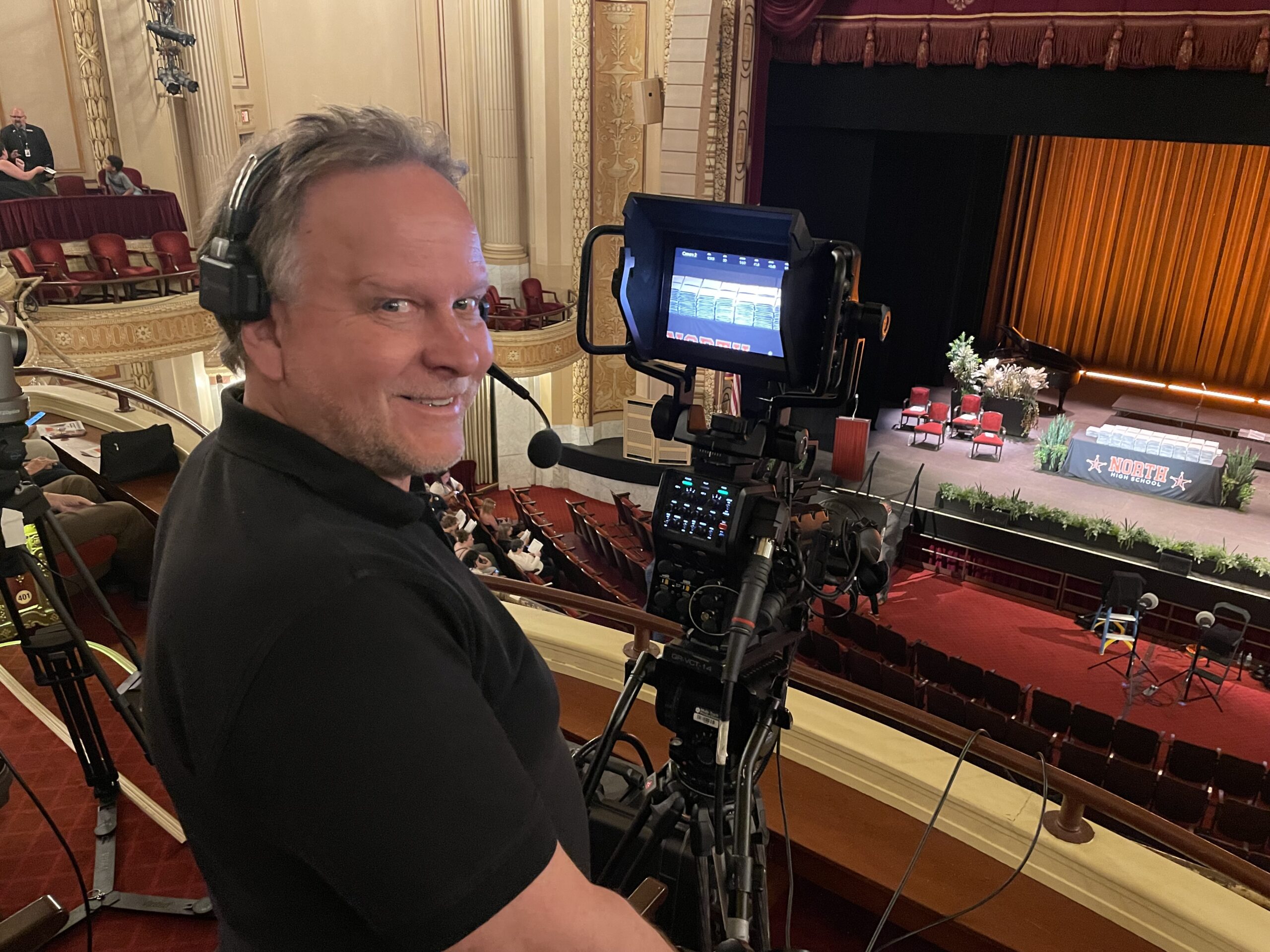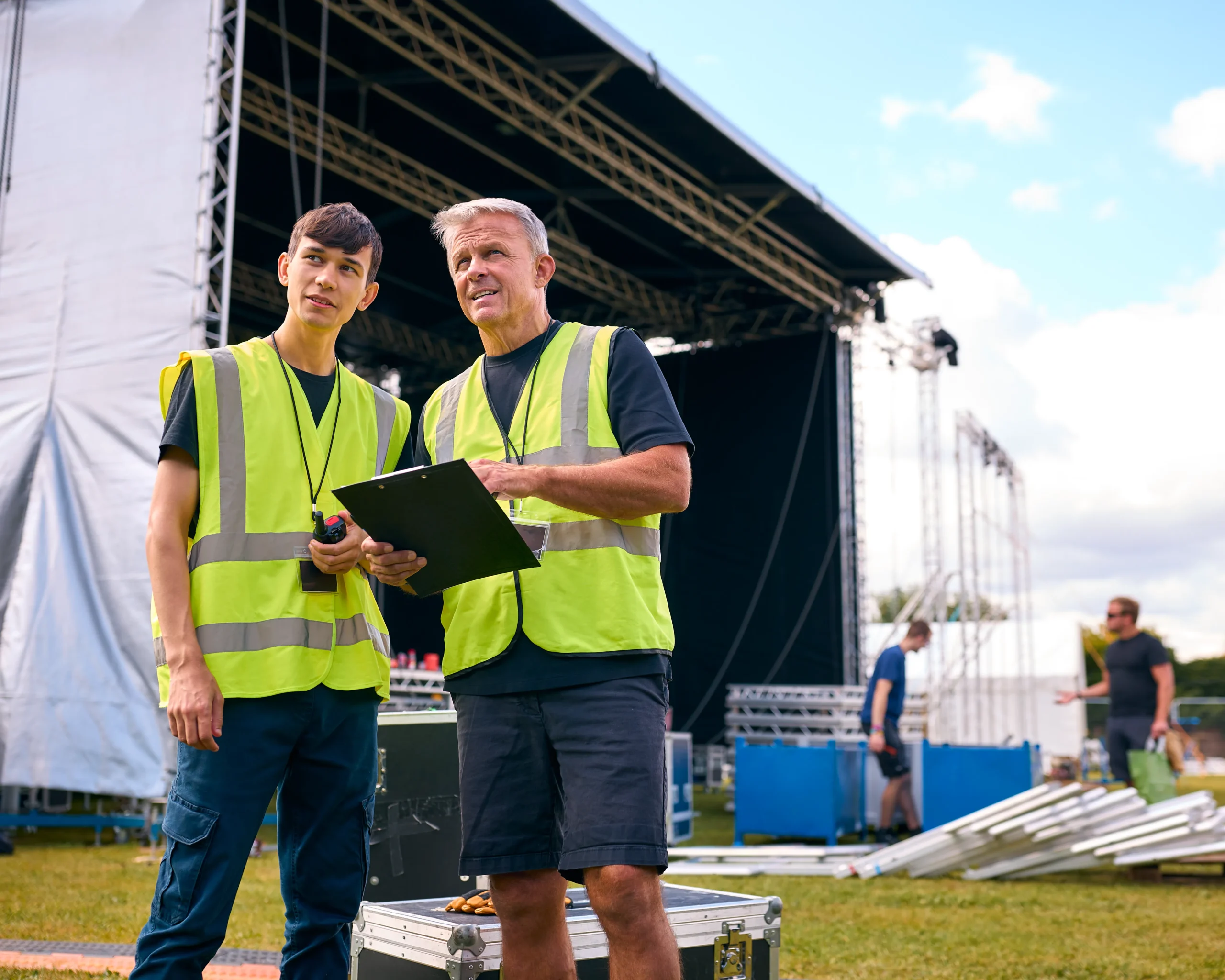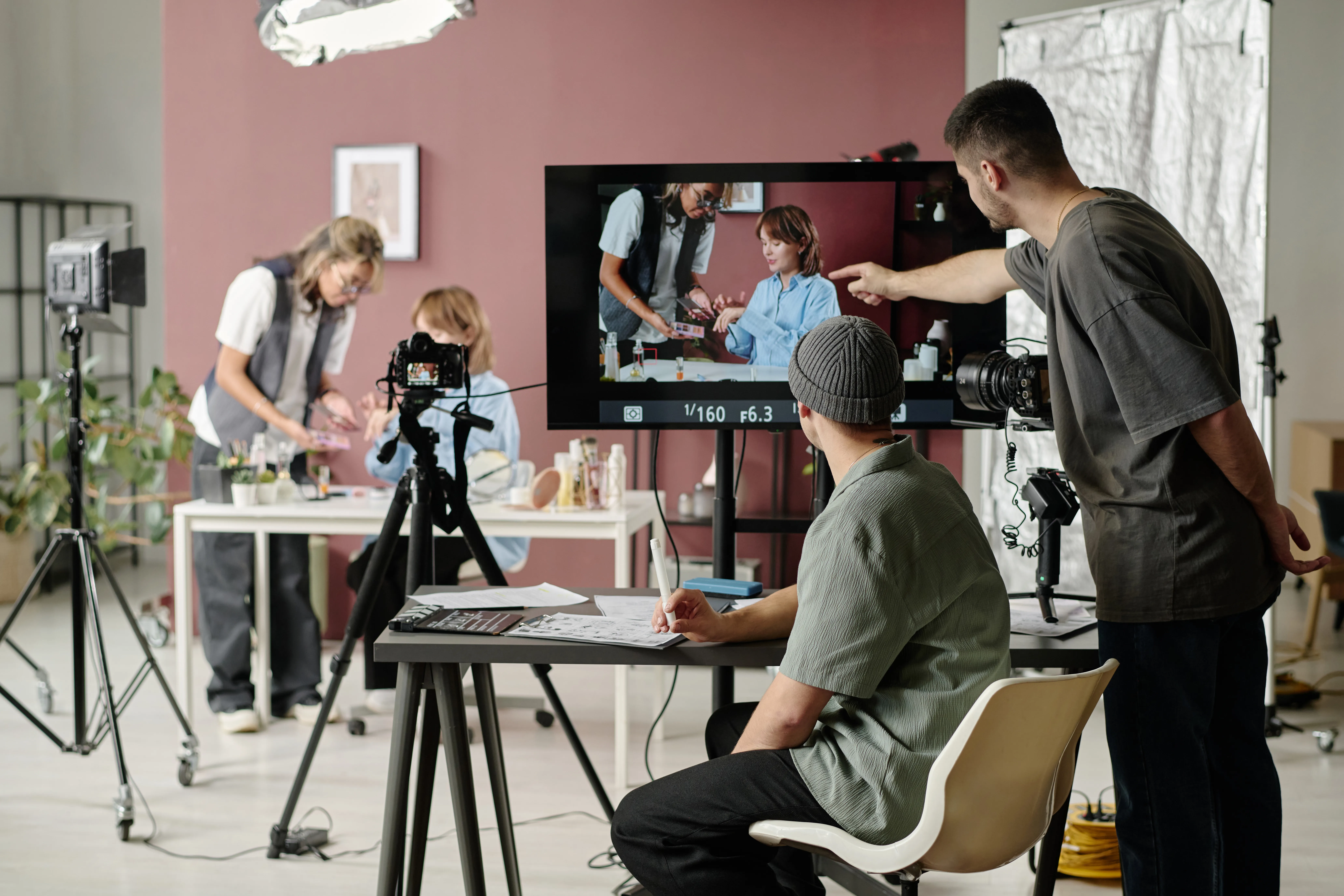A well-crafted media release is an essential tool for gaining publicity and ensuring that an event receives the attention it deserves. Journalists, bloggers, and media outlets rely on press releases to gather information about upcoming events and determine whether they are worth covering. A media release serves as a professional announcement, outlining the key details in a way that is both compelling and easy to digest. Let’s five into how to write a media release for an event.
Creating an effective media release requires more than simply listing event details. It must capture interest, communicate relevance, and adhere to professional formatting standards. A strong media release should read like a news article, making it easy for journalists to use the content directly or develop their own coverage. Additionally, it must be written with clarity, accuracy, and strategic messaging to ensure maximum impact.
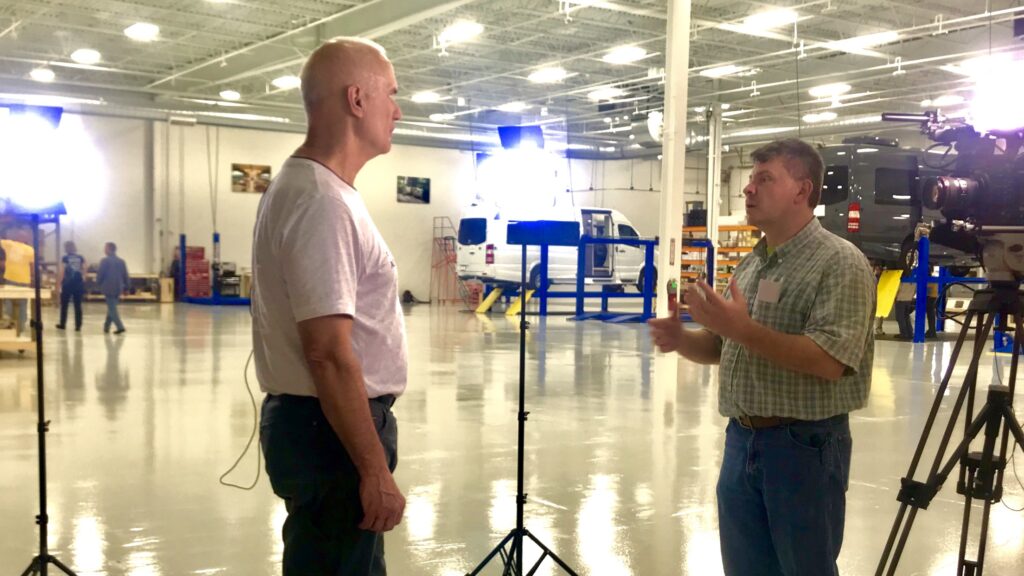
Understanding the Purpose of a Media Release
The primary goal of a media release is to generate awareness and media coverage for an event. Unlike traditional advertising, which is paid and promotional, a media release is designed to provide factual, newsworthy information that encourages journalists and media outlets to share the story with their audiences. A well-written media release acts as a bridge between event organizers and the press, offering essential details while highlighting why the event is relevant, interesting, and newsworthy.
To be effective, a media release must address the fundamental questions of who, what, where, when, why, and how. These elements provide journalists with the critical details they need to quickly assess the event’s significance and decide whether to pursue coverage. A strong media release not only informs but also persuades, offering a compelling reason why the event should be featured in news reports, articles, or broadcasts.
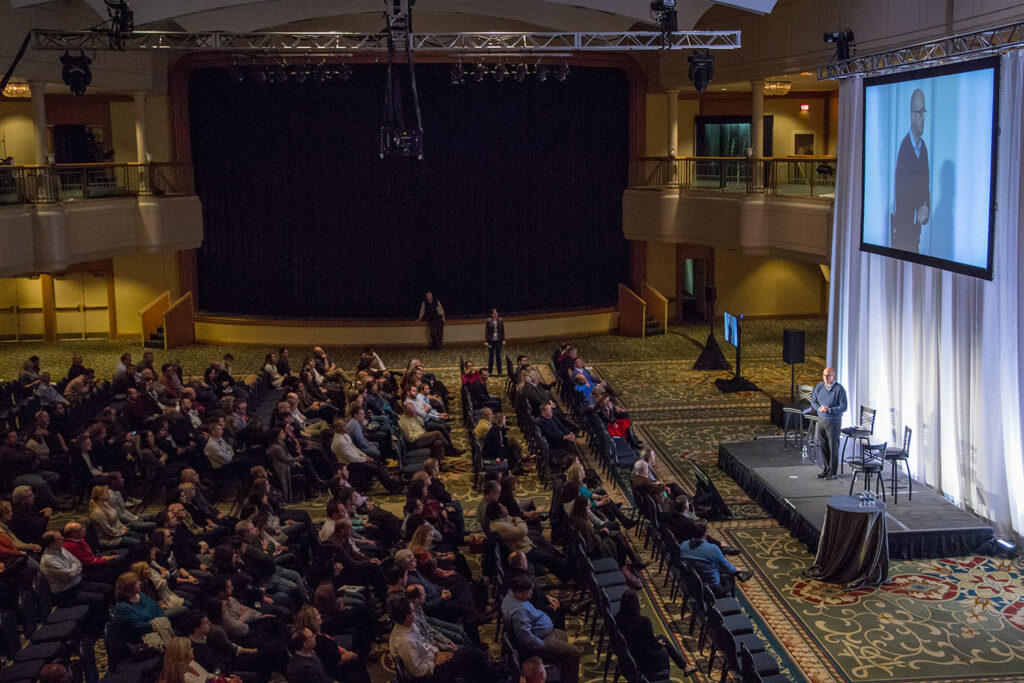
Structuring a Media Release
A professional media release follows a standard structure that ensures clarity and readability. Journalists receive countless press releases daily, so a well-organized format makes it easier for them to scan the information and extract key points. The most effective media releases follow an inverted pyramid structure, where the most important details appear at the beginning, followed by supporting information and background details.
The headline is the first thing journalists see, and it must be concise, engaging, and informative. A strong headline clearly conveys the main point of the event and why it matters. It should grab attention while maintaining a professional tone. Following the headline, a subheading can provide additional context or highlight a unique aspect of the event.
The opening paragraph should immediately answer the most critical questions: What is the event? Why is it significant? Who is involved? When and where will it take place? This section must be clear and engaging, as it sets the stage for the rest of the release. Journalists should be able to grasp the main details within the first few sentences.
The body of the media release expands on the event’s significance, offering additional context, quotes, and supporting information. This section can include details about featured speakers, performers, sponsors, or activities that make the event stand out. It is also an opportunity to highlight any unique angles that would make the event more appealing to media outlets. Quotes from event organizers, industry experts, or key participants add credibility and a human element, making the release more engaging.
The closing paragraph should provide any additional logistical details, such as how to obtain tickets, RSVP information, or links to official event pages. A boilerplate section at the end offers a brief description of the organizing company or organization, including its mission and relevant background information. Finally, clear contact information should be provided, ensuring that journalists can easily reach out for further details or interview opportunities.
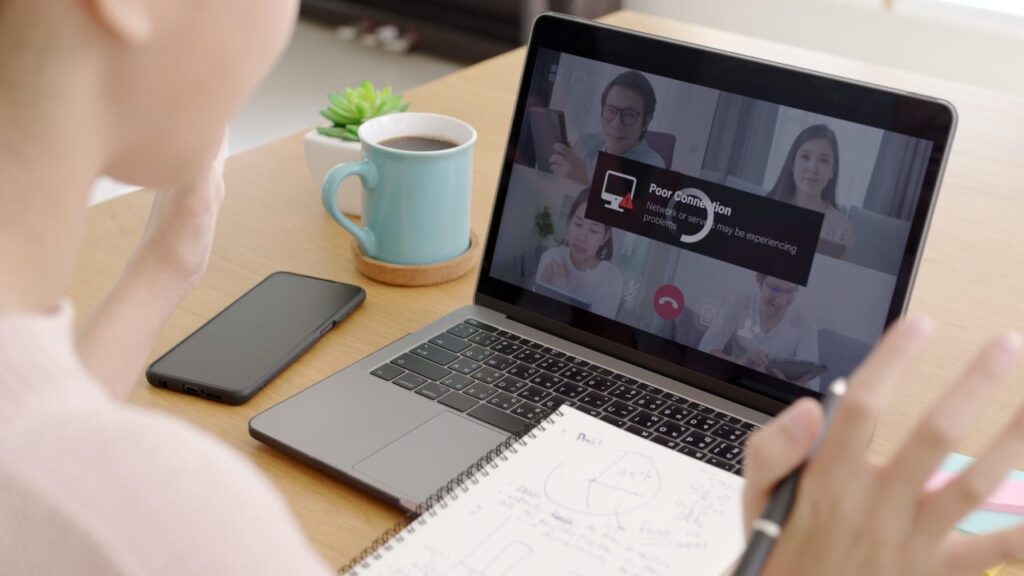
Crafting a Compelling Narrative
Beyond structure, the content of a media release must be compelling and engaging. Journalists are more likely to cover an event if the release presents it as newsworthy rather than purely promotional. Identifying a strong news hook is essential—whether it’s a unique aspect of the event, a well-known guest, a charitable cause, or an industry trend that makes the event particularly relevant.
Writing in a professional, journalistic tone is crucial. A media release should be clear, concise, and free from unnecessary jargon or overly promotional language. The goal is to present information in a way that is easy for journalists to adapt into news stories. Avoiding excessive adjectives or sales-like phrases ensures that the release maintains credibility and professionalism.
Including a quote from an event organizer or key figure adds a personal touch and provides journalists with ready-to-use content for their coverage. A strong quote should be insightful, meaningful, and add context rather than simply repeating facts. Quotes can express enthusiasm, provide expert opinions, or highlight the event’s broader significance.

Timing and Distribution Strategies
The timing of a media release plays a crucial role in its effectiveness. Sending a release too early may result in it being forgotten, while sending it too late might mean missing deadlines for coverage. Ideally, a media release should be sent out two to four weeks before the event, allowing journalists enough time to plan their coverage.
Choosing the right distribution channels ensures that the media release reaches relevant audiences. Directly sending it to journalists, editors, and bloggers who cover similar events or industries increases the chances of it being picked up. Utilizing a press release distribution service can also help broaden its reach, ensuring it is accessible to multiple news outlets.
Including multimedia elements such as high-quality images, video clips, or event branding materials enhances the appeal of a media release. Journalists are more likely to cover an event if they have access to visually compelling assets that can be used in their articles or broadcasts.
Following up with journalists after sending a media release can further improve its chances of coverage. A brief, professional follow-up email or call can remind them of the event, offer additional information, or provide interview opportunities. However, it is important to strike a balance between persistence and professionalism—being too aggressive in follow-ups can have a negative impact.
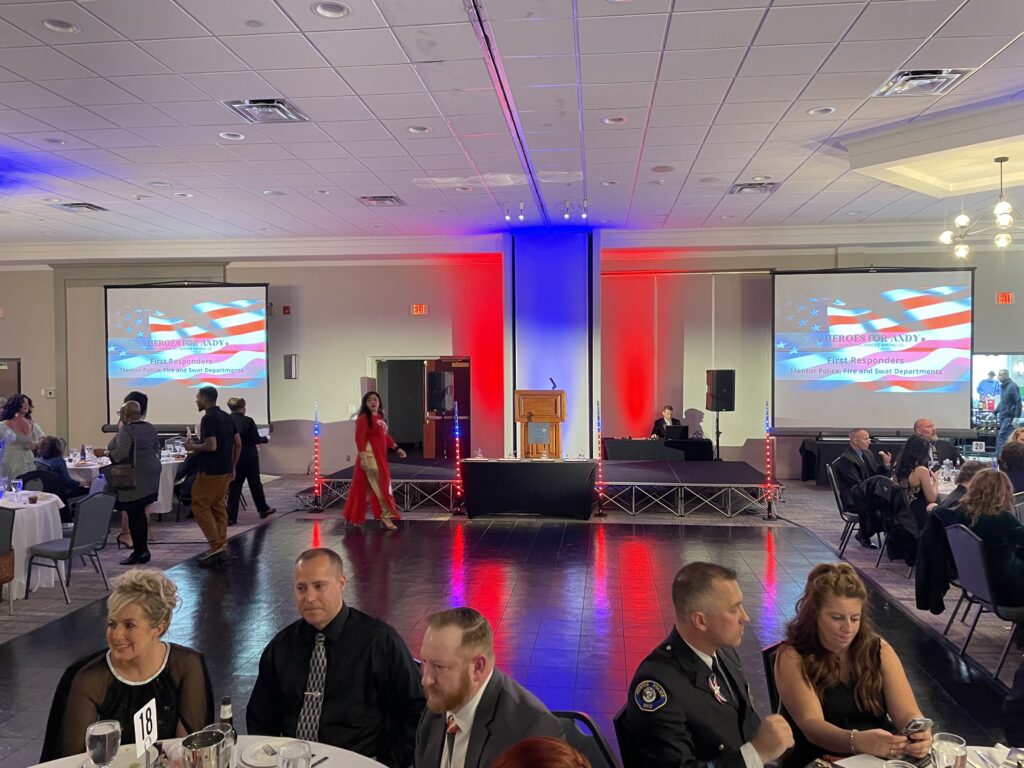
Avoiding Common Mistakes
One of the most common mistakes in media releases is failing to make the content newsworthy. If an event lacks a clear angle or unique aspect, journalists may overlook it in favor of more compelling stories. Ensuring that the release highlights what makes the event different or relevant is essential.
Another mistake is writing in an overly promotional tone. A media release is not an advertisement—it should read like a news article rather than a sales pitch. Sticking to factual, objective language helps maintain credibility and professionalism.
Neglecting to include clear contact information is another oversight that can limit media coverage. Journalists who are interested in covering an event need an easy way to reach event organizers for additional details or interviews.
Failing to proofread for errors can also damage the credibility of a media release. Spelling mistakes, grammatical errors, or incorrect event details create a poor impression and may result in journalists disregarding the release. Reviewing the content carefully and ensuring accuracy enhances professionalism and reliability.
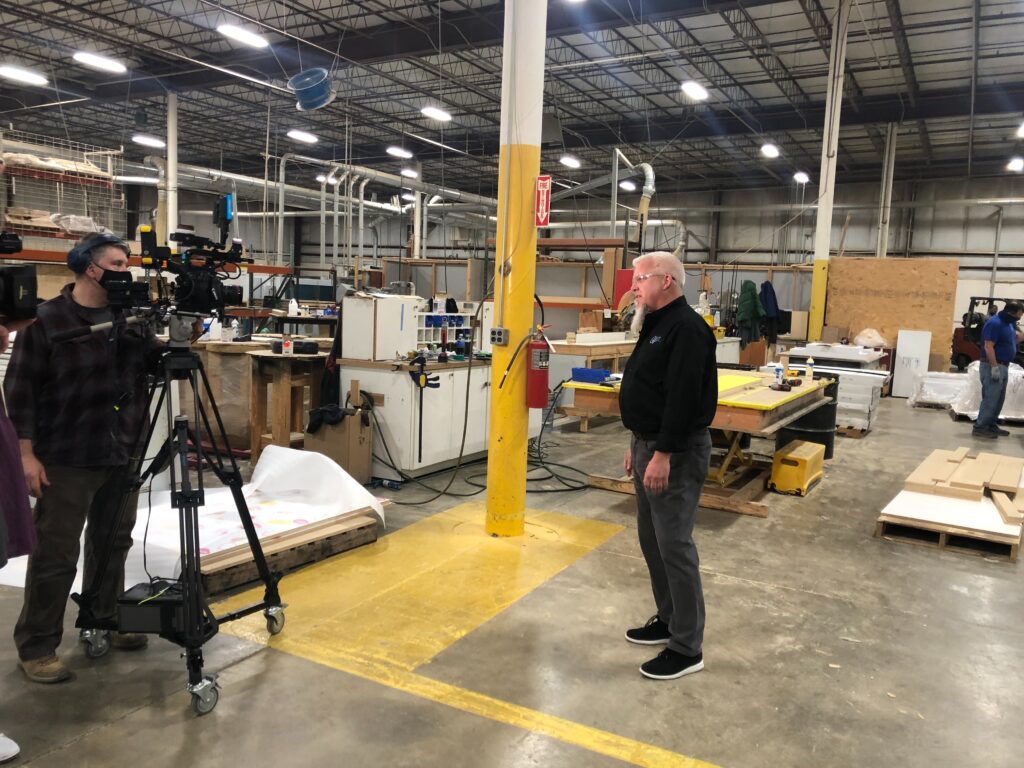
Conclusion
Writing a media release for an event is a strategic process that requires careful attention to detail, strong storytelling, and professional formatting. A well-executed media release can significantly boost an event’s visibility, attracting media coverage that expands its reach and influence.
By structuring the release effectively, crafting a compelling narrative, identifying a strong news hook, and timing distribution correctly, event organizers can maximize their chances of gaining media attention. Avoiding common mistakes and ensuring professionalism in tone, accuracy, and presentation further strengthens the impact of a media release.
In today’s competitive media landscape, standing out requires more than just announcing an event—it demands captivating storytelling, strategic outreach, and a keen understanding of what makes an event newsworthy. A thoughtfully crafted media release not only informs but also persuades, ensuring that an event garners the attention and coverage it deserves. If you need event production, you can count on us!

